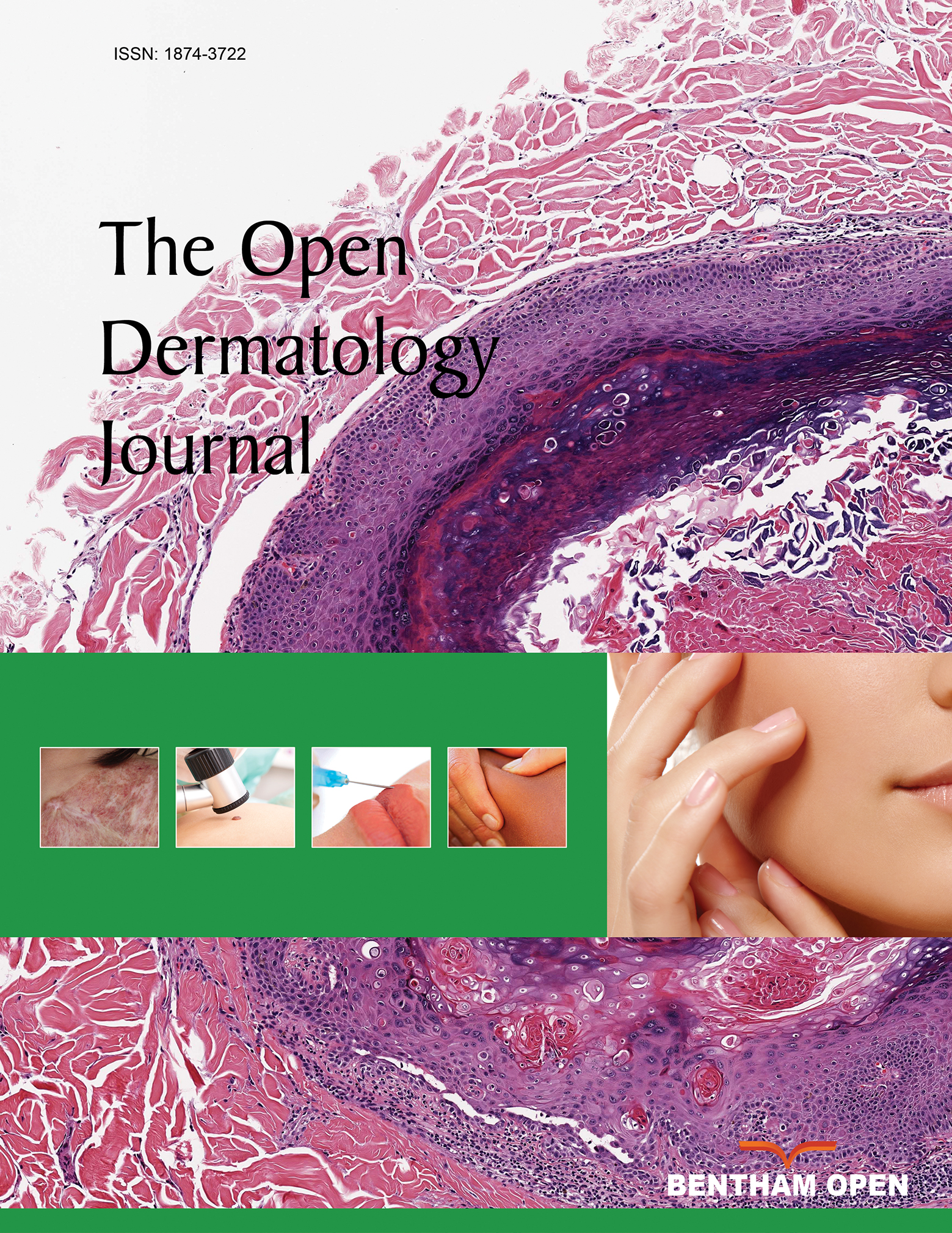All published articles of this journal are available on ScienceDirect.
Characterizing the Nature of Human Carriers of Head Lice
Abstract
Pediculosis is a ubiquitous disease common throughout the globe and managed entirely through the application of insecticides and natural therapies with varying success. Resistance and reinfection are known to be responsible for increases in prevalence reported in many countries since the 1900s. This study investigated reinfection, which has been neglected by researchers, by attempting to learn more about the role of reservoir hosts. Open-ended questions were asked from 126 students of Grades 8 and 9 to explore this issue from the perspective of the infected population. A majority of females (60%) and 40% of males had no idea that they had pediculosis until it was discovered by themselves, a friend or a carer. Some female (12.1%) and male (14.5%) students did not tell their parents when they became aware that they had pediculosis. Hair thickness was significantly related to this question with 23.3% of thick-haired students concealing their infections. The results from this study suggest that brown- and short-haired White boys should be a primary target in lice awareness and control programs, because they are much more likely to harbor lice than long-haired girls. Health professionals should be aware of the social reasons for why this pest is so difficult to control.


